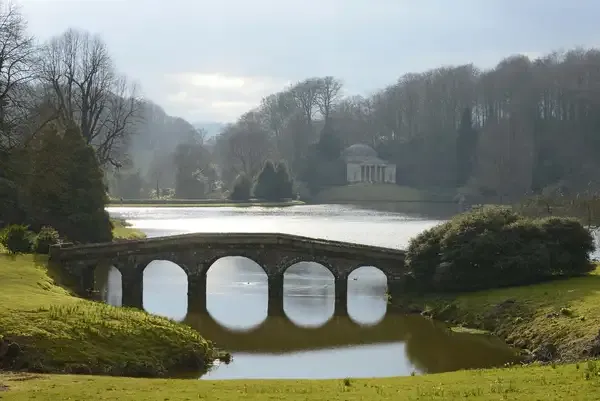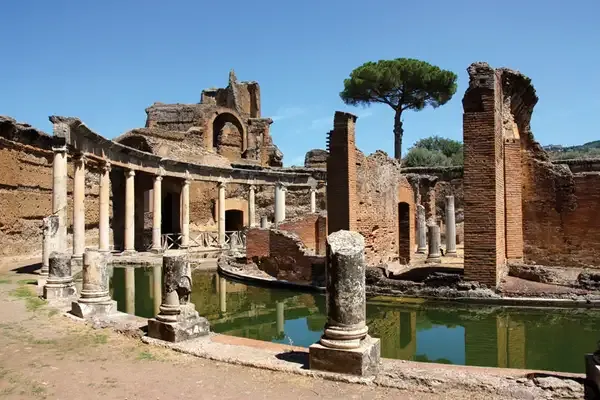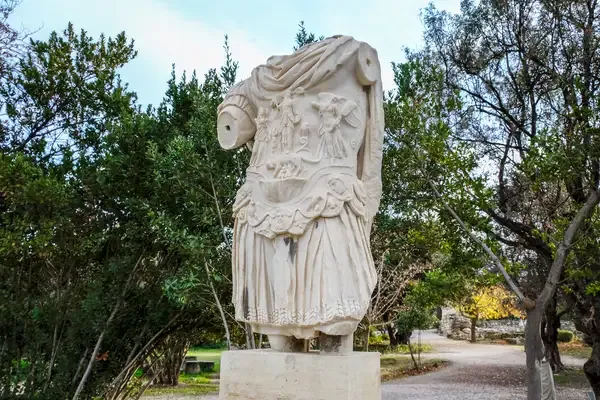Capability Brown at 300
"Capability Brown at 300" commemorates the tercentenary of the birth of Lancelot "Capability" Brown, a renowned landscape architect known for transforming the English countryside. Celebrated for his innovative design approach, Brown's work harmonized natural beauty with human needs, significantly influencing 18th-century landscape gardening. The event includes exhibitions, tours, and lectures, offering insights into his legacy and enduring impact on landscape architecture. It provides an opportunity to explore Brown's masterpieces and understand his contribution to creating quintessentially English landscapes.

Capability Brown, often referred to as the father of English landscape gardening, has had a profound influence on the way we perceive and interact with outdoor spaces. As we mark the 300th anniversary of his birth, it's a fitting moment to explore his legacy and the enduring impact of his work on modern landscape design.
The Legacy of Capability Brown
Born in 1716, Capability Brown transformed the English landscape with his innovative designs that emphasized natural beauty and harmony. His philosophy was simple yet revolutionary: to create landscapes that looked natural while incorporating the best features of the existing terrain. This approach not only enhanced the aesthetic appeal of estates but also influenced the way gardens and parks are designed today.
Brown was responsible for over 170 parks and gardens across England. His signature style included sweeping lawns, serpentine lakes, and strategically placed trees, which created a sense of tranquility and grandeur. His work at renowned sites such as Blenheim Palace and Kew Gardens serves as a testament to his genius and continues to inspire landscape architects around the world.
Key Features of Brown’s Design Philosophy
Understanding the basic elements of Capability Brown’s design philosophy can help modern landscape architects and garden enthusiasts appreciate his work even more. Here are some of the key features:
- Naturalistic Landscapes: Brown believed that gardens should mimic nature. His designs often included rolling hills and natural water features that blended seamlessly into the surrounding environment.
- Serpentine Lines: Unlike the rigid, geometric designs of his predecessors, Brown favored fluid, serpentine lines. This approach created a more organic flow in the landscape.
- Strategic Planting: The placement of trees and shrubs was done with great care, enhancing views and creating focal points throughout the landscape.
- Water Features: Brown was known for introducing large lakes and streams, which not only added beauty but also provided habitats for wildlife.
Capability Brown’s Influence on Modern Landscape Design
Today, the principles established by Capability Brown are more relevant than ever. With an increasing focus on sustainability and environmental consciousness, landscape architects are looking to his designs for inspiration. The integration of natural elements in urban planning and the emphasis on biodiversity are all hallmarks of Brown’s approach.
Moreover, his work highlights the importance of creating spaces that promote well-being and relaxation. In a fast-paced world, the tranquility of a Capability Brown-style garden can offer a much-needed escape, making his legacy not just relevant but essential.
Celebrating Capability Brown at 300
In 2016, various organizations and institutions across England celebrated Capability Brown's 300th birthday with events, exhibitions, and restoration projects. These celebrations aimed to educate the public about his contributions and encourage new generations to appreciate landscape gardening.
Among the highlights was the launch of the Capability Brown Festival, which featured guided tours of his most famous landscapes, educational programs in schools, and community events that invited local residents to engage in gardening activities inspired by Brown’s principles. The festival served as a reminder of how his designs continue to resonate within contemporary culture.
Capability Brown’s Gardens: A Chart of His Major Works
| Garden/Park Name | Location | Year Completed |
|---|---|---|
| Blenheim Palace | Oxfordshire | 1764 |
| Kew Gardens | London | 1762 |
| Wimpole Estate | Cambridgeshire | 1767 |
| Hyde Park | London | 1760 |
| Stowe Gardens | Buckinghamshire | 1740 |
These gardens and parks remain significant not only for their beauty but also for the lasting impact they have on our understanding of landscape architecture. They serve as a reminder of the importance of preserving natural beauty and creating spaces that foster a connection between people and the environment.
Conclusion: The Enduring Relevance of Capability Brown
As we reflect on Capability Brown at 300, it is clear that his contributions extend far beyond the confines of the 18th century. His designs continue to inspire and influence modern landscape architects, emphasizing the need for sustainable practices and the celebration of natural beauty. The principles he championed are foundational to contemporary landscape design, making his legacy an integral part of our cultural and environmental landscape.
In conclusion, as we look to the future, let us embrace the ideals set forth by Capability Brown, ensuring that we create landscapes that are not only beautiful but also sustainable for generations to come.












